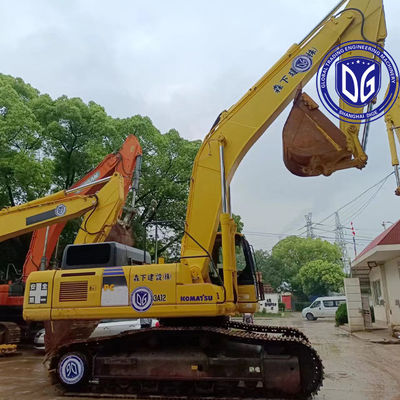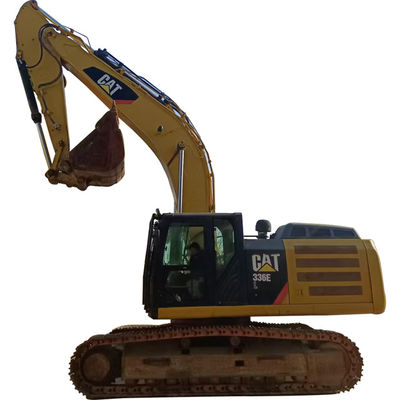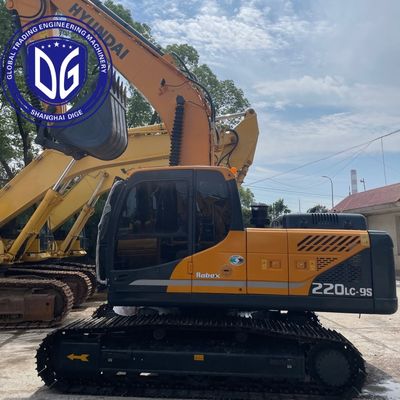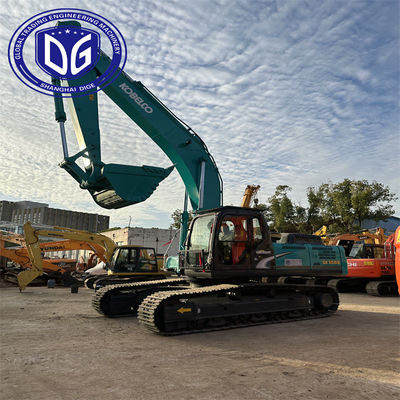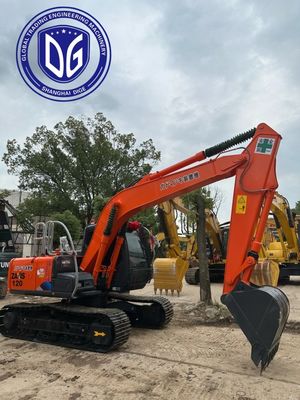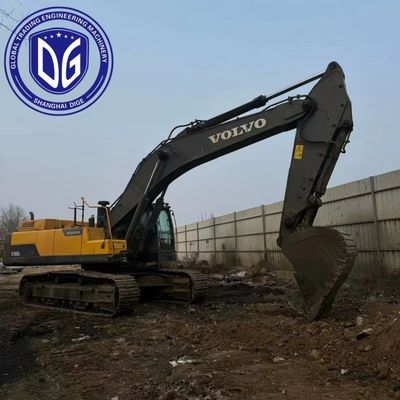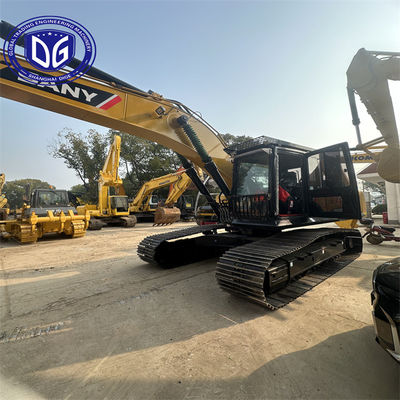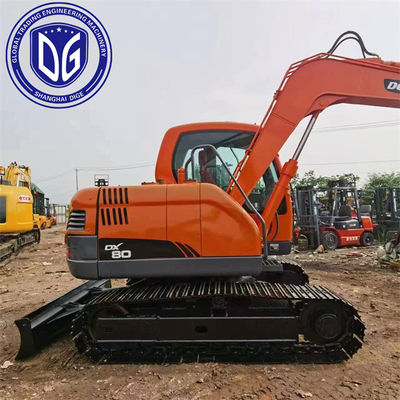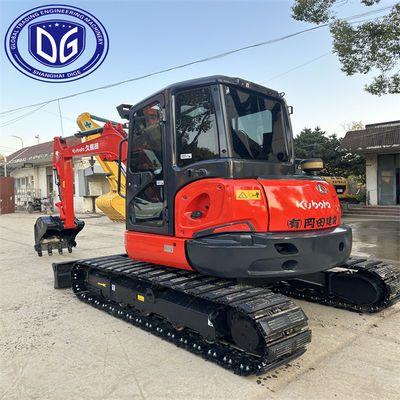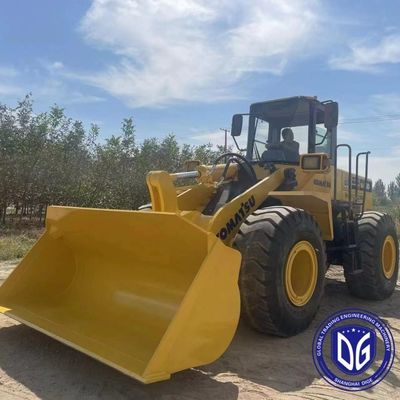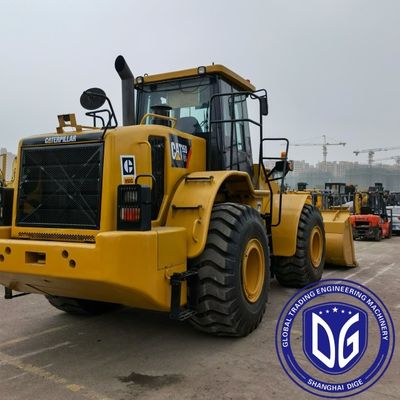Buying a Second-Hand Motor Grader: 6 Things You Can’t Ignore
By Sam from Dige International Trading
Why Careful Inspection of a Used Motor Grader Matters
Motor graders play a crucial role in road construction, site preparation, and fine grading work. They’re precision machines that must deliver smooth, even performance under tough site conditions. That’s why buying a second-hand motor grader isn’t just about finding a good price—it’s about knowing exactly what you’re getting. Miss one key detail, and you could end up spending thousands on repairs or dealing with project delays. So what should you inspect? What are the most common risks? In this guide, we’ll outline six essential factors you must evaluate before purchasing a used motor grader.
1. Engine Health: The Heart of Your Investment
Start your inspection with the engine. A grader’s engine must provide steady, reliable power under variable loads. Watch and listen closely during startup—does it crank smoothly? Any unusual knocking, hesitation, or excessive smoke from the exhaust could indicate deeper issues like piston wear or injector problems.
Look for oil or coolant leaks around the engine block and check all fluid levels. Dirty, low, or contaminated oil may suggest poor maintenance history. Ask about any past rebuilds or overhauls. An engine that’s been rebuilt professionally can still be a good buy—but one that’s been patched together cheaply may become a constant headache.
Don’t forget to check for warning lights on the dash. If possible, request a diagnostic scan using proper software to identify fault codes. Modern motor graders often have electronic systems that will store critical error information.
2. Transmission and Gear Controls
The transmission on a motor grader needs to be smooth and responsive to operator input. During your inspection, put the machine into each gear. Is there any delay or resistance when shifting? Slipping, jerking, or clunking noises are signs of wear that may require costly repairs.
In addition, test the clutch and throttle response. The machine should accelerate and decelerate without any hesitation. Graders used on steep or soft terrain often experience higher transmission stress, so be extra cautious if you see signs of abuse.
If possible, take note of how the grader performs under load or while grading. Hesitation or inconsistent torque can indicate internal transmission issues that aren’t always obvious during idle operation.
3. Blade Functionality and Hydraulic System

A grader’s blade system is its most important working component. Check the moldboard (blade) for visible cracks, dents, or excessive wear. Also, inspect the cutting edges and end bits—are they heavily worn or uneven? These are replaceable but could hint at overall neglect.
Next, test all blade functions. The moldboard should move smoothly up, down, left, right, and rotate freely using the hydraulic controls. Jerky or slow blade movements may signal weak hydraulic pressure or air in the lines.
Inspect every hydraulic cylinder and hose for signs of leaks or patches. Leaking hydraulics are a red flag and often lead to additional failures. Also verify that the pump builds pressure quickly and that the controls are responsive.
4. Articulation, Steering, and Frame Condition
Articulation and steering are critical for a grader’s maneuverability and blade accuracy. Excessive play in the articulation joint can reduce control and affect grading precision. Check the center pivot, ball joints, and steering cylinders. There should be minimal movement when the controls are idle.
Inspect the frame and welds for cracks, corrosion, or signs of modification. If the grader was used for heavy-duty applications or operated carelessly, frame stress fractures may appear near the articulation joint or rear axle.
Finally, examine the tires—do they show even wear, or are there signs of misalignment? Tires are expensive, and uneven wear can mean hidden suspension or frame alignment issues.
5. Cab, Controls, and Electronics
A comfortable, functional cab isn’t just about operator comfort—it affects productivity and safety. Sit in the cab and inspect the condition of the seat, switches, pedals, and levers. Are all gauges functional? Do the lights, warning signals, wipers, and climate control systems work?
Check for any exposed wires, aftermarket modifications, or bypassed safety features. This is a red flag, especially in exported equipment where machines may have been modified to pass inspection temporarily.
Electronic grading assist systems (GPS, laser levelers, etc.) are common on modern machines. If installed, confirm they are functioning properly and haven’t been disabled or removed.
6. Maintenance History and Seller Reputation
Even the best machine can turn into a bad deal if it wasn’t maintained properly. Ask the seller for a detailed service history: oil changes, filter replacements, hydraulic flushes, and major repairs. A grader that’s been regularly maintained will save you time and money in the long run.
Buy from a trusted source. Sellers with a reputation for transparency and long-term customer support are far less likely to offload problem machines. Look for dealers that offer pre-sale inspections, maintenance records, and even limited warranties for peace of mind.
Used Motor Grader Purchase Guide (2)
At Dige International Trading, we understand the real cost of buying used equipment. That’s why every motor grader we sell is professionally inspected for engine strength, hydraulic performance, frame condition, and safety systems. With us, you’ll never be left guessing—we provide detailed reports and transparent pricing, helping you invest in the right machine with confidence.
Contact Dige International Trading today for expert assistance and high-quality machines ready for your next project.
Follow our YouTube channel for walkaround videos, maintenance tips, and equipment reviews.
Related Posts:

 Your message must be between 20-3,000 characters!
Your message must be between 20-3,000 characters! Please check your E-mail!
Please check your E-mail!  Your message must be between 20-3,000 characters!
Your message must be between 20-3,000 characters! Please check your E-mail!
Please check your E-mail! 
